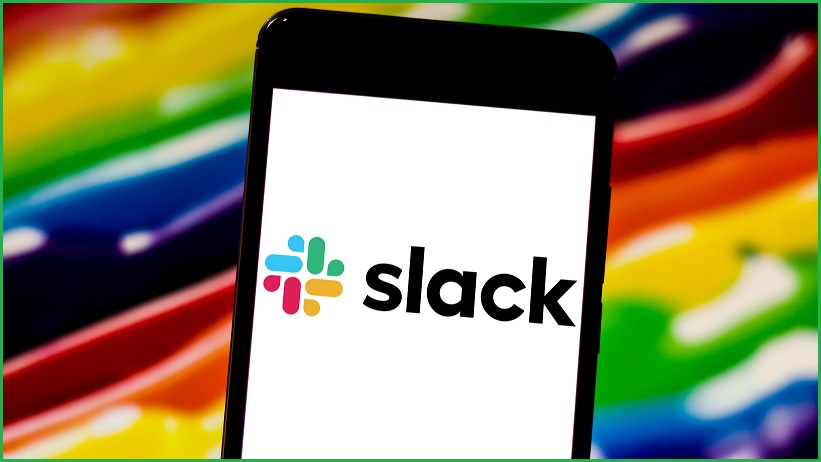Zoom, Slack, Netflix, Reddit, and Twitter all depend on AWS for their operations. Furthermore, General Electric, Apple, and Yelp also significantly depend on AWS, paying Amazon what are essentially digital rents for the use of the AWS computer infrastructure. Apple alone pays Amazon $30 million per month for AWS. Slack Technologies recently signed a new multiyear enterprise deal with Amazon (NASDAQ:AMZN).Slack will start using Amazon Chime for voice and video calls, and increase its usage of AWS (Amazon.


In the age of the unicorn startups, Slack has drawn attention for its meteoric rise and potential for disrupting traditional business communications tools, particularly email. By June 2015—less than 18 months after its launch—the company already had more than 1.1 million daily users, 300,000 paid seats, and more than 30 million messages flowing through Slack each week via integrations with other services.
Slack Amazon
- Slack and Amazon announced a big integration late yesterday afternoon. As part of the deal, Slack will use Amazon Chime for its call feature, while reiterating its commitment to use AWS as its.
- Try Slack for free with your teammates. All it takes is an email address to get started.
- Attendees can join with one click from a Slack workspace channel or direct message. Get powerful meeting capabilities Use powerful meeting features of Amazon Chime including group audio and video calling, screen sharing, guest access from a meeting link.
Amazon Ladies Slacks Pants
Slack’s founders had already learned hard lessons from previous failed ventures. One of those was the importance of picking the right IT infrastructure to run the business. If Slack was to succeed in a fiercely competitive business-software marketplace, its founders knew they would need a lean staff, low costs, and above all an IT environment capable of supporting speed, agility, and innovation. Going to the cloud was the logical choice.
Amazon Prime Ladies Pants
“The realities of physical space, hardware acquisition, replacement parts, running a server facility with all its costs—all the physical manifestations that can lead to breakages—made a traditional IT environment impractical for an Internet startup,” says Richard Crowley, Slack’s director of operations. “Plus we would have needed an extra layer of expertise just to run the infrastructure. We could have operated with that kind of IT infrastructure, but the cost and complexity would have made it much harder to launch the business.”

